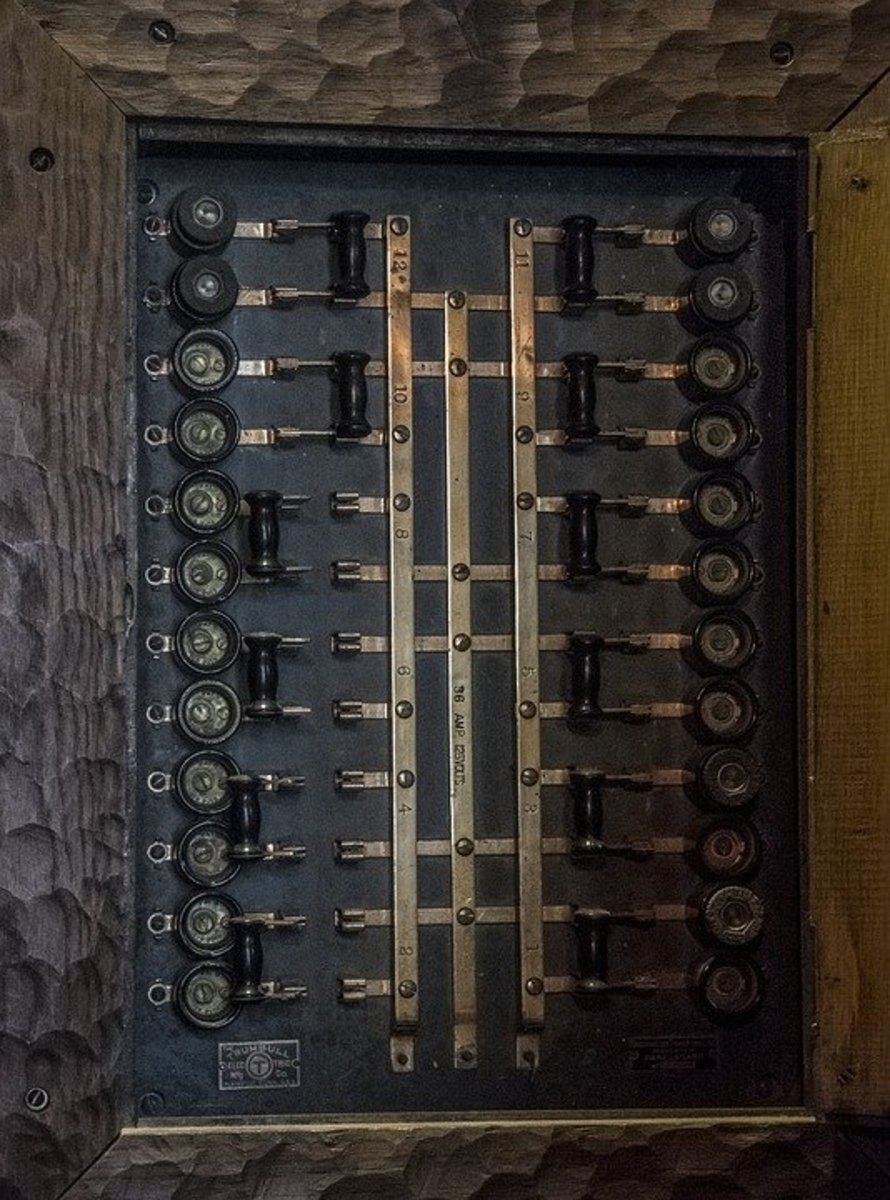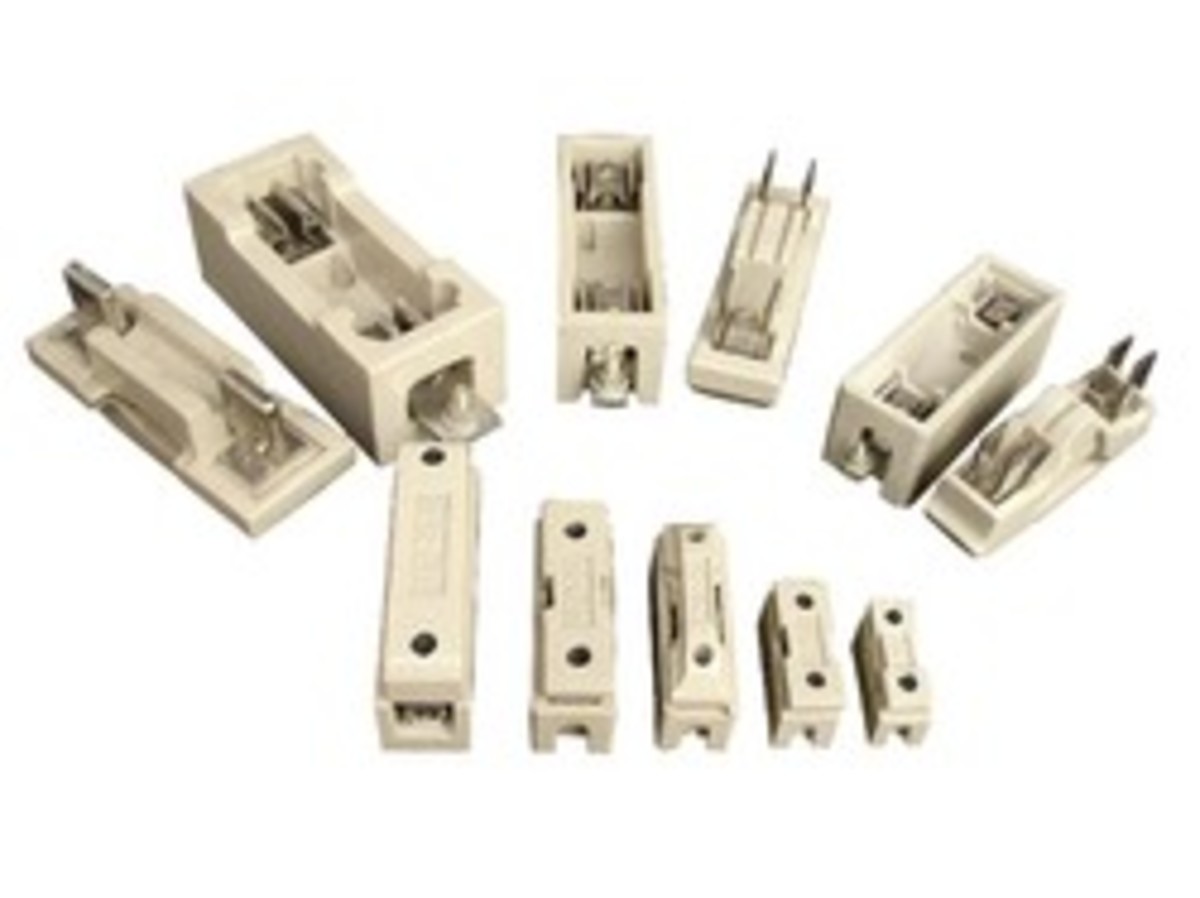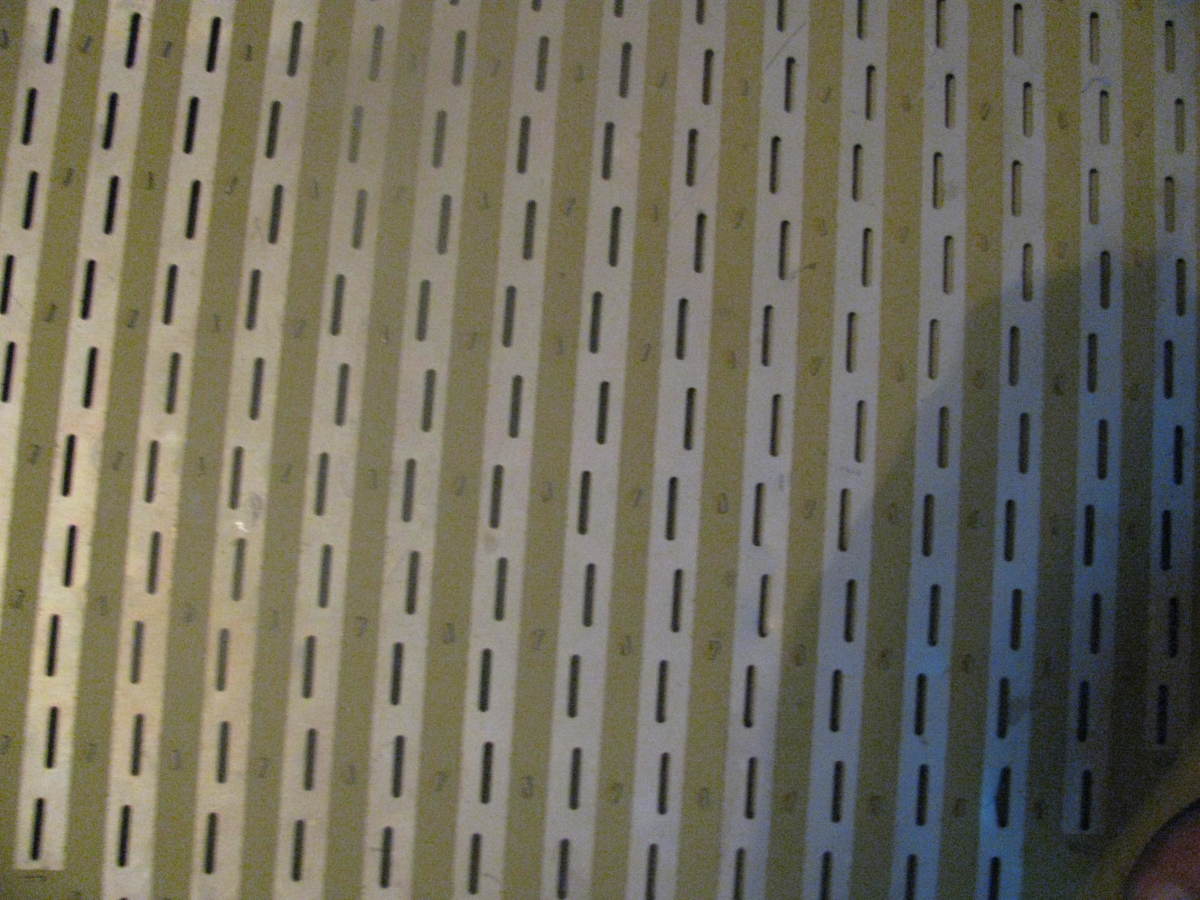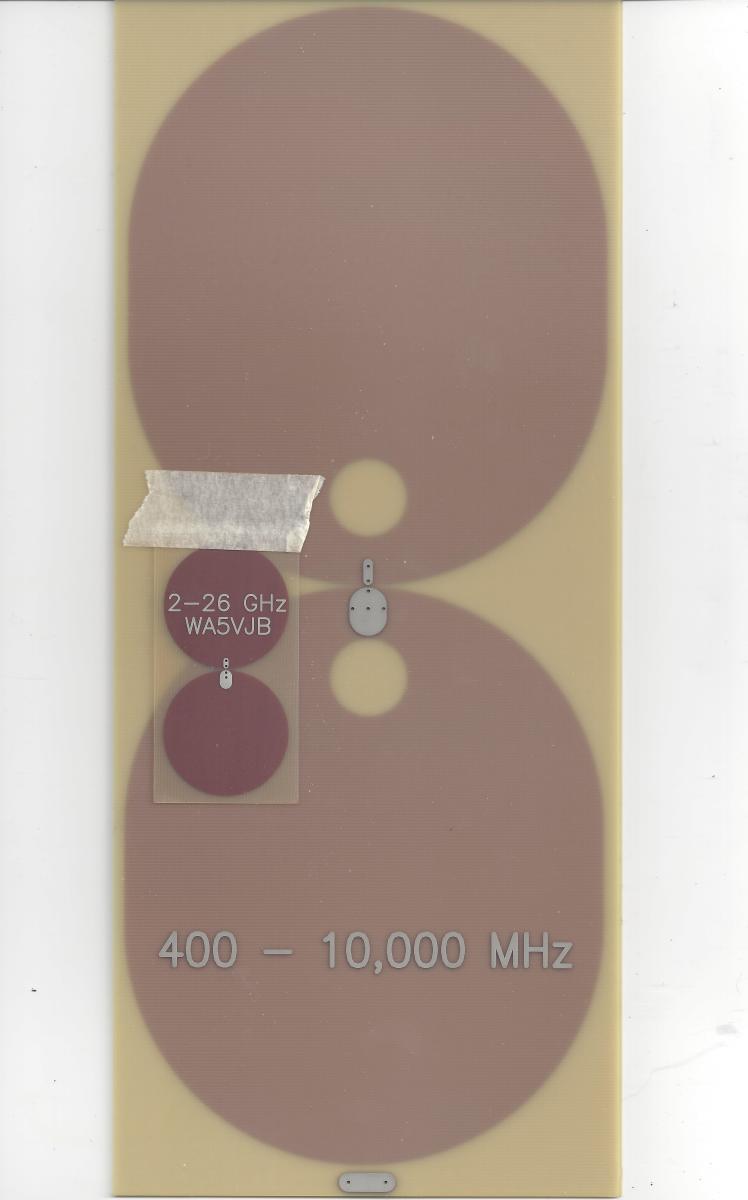Electricity and Home Safety -- We Love it, But it Packs a Wallop of Power. Love it Like a Wild Animal
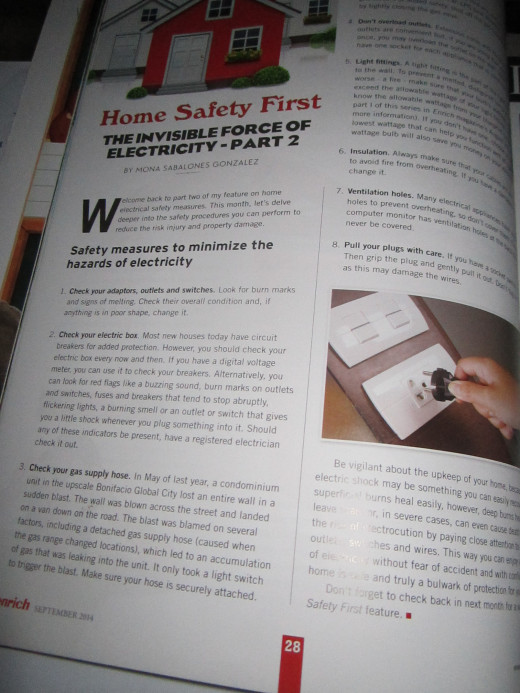
Fires Caused by Electricity Still Happen in the Philippines
Twenty years ago my next door neighbors, an elderly couple, locked up their house and went out to have lunch with friends. Shortly after they left smoke emanated from the rooftop of their home.
A neighbor called the fire department and others parked their cars a distance away. A group of us hovered about until the firemen came. The house was kindled in smoke and flames.
When the couple came home nothing was whole. I approached the old woman to comfort her. She told me, “I don’t know what the lesson is from God.”
The firemen blamed the fire on faulty electrical wiring. A line was overloaded and had short circuited. Electricity is invisible but when it causes trouble, it hits you big time.
On Feb. 28 last year, in the Molo District of Iloilo, 10 houses were burned to the ground and three others were damaged due to frayed, 30-year-old electrical wires, a shoddy, overloaded extension wire and the use of multiple appliances on the extension cord. The resulting short circuit cost P1.3 million in damages.
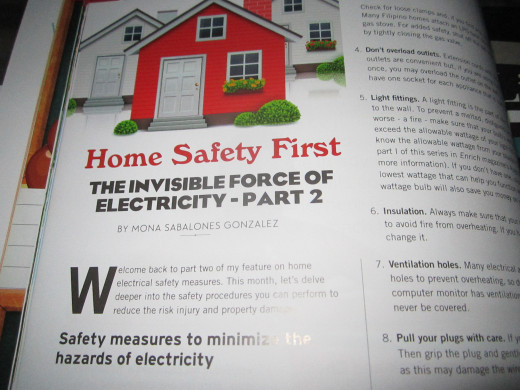
Blueprint
If you plan to buy an old or a renovated home, ask the seller for a blueprint of the house. A blueprint will show you where your electrical wires travel, starting from the electric post outside, through the walls of your house towards the various electrical outlets where you plug your appliances, and the electrical box where they all converge. In some houses, they don’t just end there. From the electrical box there is a pathway below the ground where the current travels.
A blueprint will not only show you the pathway of your electric wires, but also the pathway of your pipes. When you drill a nail into your wall to hang a picture, you can consult your blueprint to make sure you don’t end up hitting a pipe and causing a leak, because electricity and water result in electrical shock.
A worse possibility is that you may drill a nail into a live cable, resulting in voltaic shock, burns, or fire.
On the upside, usually electric cables travel near the windows and along areas of a wall where you are not likely to drill a nail in. But there are always exceptions.

Ways to Get a Blueprint
A blueprint of your house provides a lot of information that you will need to know in the long term. Aside from the layout of your electric cables and water pipes, it will also tell you whether your home has cross sections, details on your building materials and what kind of foundation you have. All of this information will be very useful when your house ages over time and develops cracks, water damage and the like. It is also useful if you plan to renovate your house or make additions to it.
If you don’t have a blueprint to your house, There are some ways that you can try to get it. You can:
- Find the original contractor of the house. Ask the former home owner. Even if you are the third home owner, the second home owner may have the blueprint or have information that can lead you to the first owner or the original contractor. Once you find the contractor, you can ask him if he has copies of the blueprint, or if he can recommend someone who can help you.
- If you have access to the first owner of the house, chances are the house was built on a loan, and the lender may have a copy of the blueprint on file.
- If you purchased a prefabricated home, the company that built it is likely to have the blueprint, as it usually reuses the same blueprint to build hundreds of houses like yours.
- Sometimes a contractor will build several homes in one neighborhood using the same blueprint. If you see a house that looks exactly like yours in your neighborhood, you can ask the homeowner if he or she has a blueprint, or if the homeowner knows the contractor.
- If all else fails, you can hire an architectural expert to reproduce your blueprints. This is expensive, but it may be worth it if you think it is an important part of your home’s structural integrity and the safety of you and your loved ones.
The cost to health can be heavy when you experience damage from electricity. A small electric shock is something you can easily recover from. Superficial burns will also heal. But deep burns heal poorly and leave scars behind, or in severe cases, cause death.
Be vigilant about the upkeep of your home, and in particular, pay close attention to your electrical outlets, switches and wires. In this way you can enjoy all the benefits of electricity without fear of accidents and confidence that your home is safe and truly a bulwark of protection for your loved ones.
Safety measures to prevent hazards from electricity
If you don’t have a blueprint of your house, you can still do some things to keep your house as safe as possible. They are:
- Check your adaptors, outlets and switches. Look for burn marks and signs of melting. Check their overall condition, and if anything is in poor shape, change it.
- Check your electric box. Most new houses today have circuit breakers for added protection. However, you should check your electric box every now and then. If you have a digital volt meter, you can use it to check your breakers. Otherwise you can look for red flags like a buzzing sound, burn marks on outlets and switches, fuses and breakers that tend to stop abruptly, lights that flicker, the smell of burning, or an outlet or switch that gives you a little shock whenever you touch it or plug something into it. Should any of these signs be present, have a registered electrician check it out.
- Check your gas supply hose. In May last year a condominium unit in posh Two Serendra, The Fort, lost one entire wall in a sudden blast. The wall flew across the street and landed on a van on the road. The blast was blamed on several factors, including a detached gas supply hose (caused when the gas range changed locations), which led to the accumulation of gas leaking into the unit. It took a light switch to trigger the blast.
When you check your gas hose make sure your hose is securely attached. Check for loose clamps, and if you find any, secure them well. Many Filipino homes attach an LPG tank directly to a two-burner gas range. For added safety, turn off the gas tank completely every night.
- Don’t overload outlets. Extension cords with three or four added outlets are convenient, but if you are using four appliances at once, you may overload the outlet on the wall. Ideally, you should have one socket for each appliance that is used simultaneously.
- Light fittings. A light fitting is the part of the light which attaches to the wall. To prevent a melted, disfigured lamp shade, or worse, a fire, make sure that your bulb’s wattage does not exceed the allowable wattage of your light fitting. You will know the allowable wattage from your blueprint. But if you don’t have one, choose a bulb with the least wattage that can help you function well at night. A low wattage bulb also will save you money on your electric bill.
- Insulation. Always make sure that your cables are well insulated to avoid fire from overheating. If you have a damaged cable, change it.
- Ventilation holes. Many electrical appliances have ventilation holes to prevent overheating, so don’t cover them. Even your computer monitor has ventilation holes in the back that should never be covered.
- Pull your plugs with care. If you have a socket switch, turn it off. Then, grip the plug and gently pull it out. Don’t tug at the cable as this may ruin the wires.
Magazine Cover

electric circuits
Date of Issue





